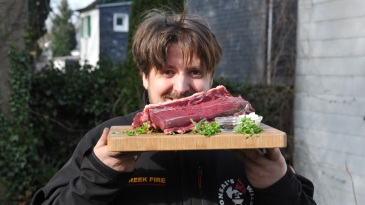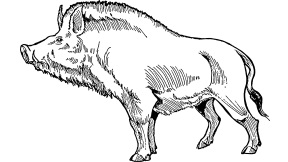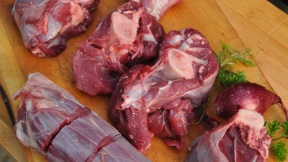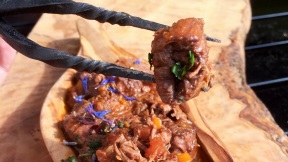Wild Kitchen Project
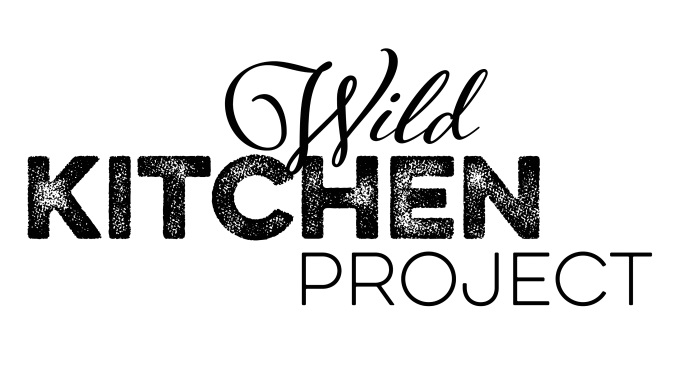
BBQ rub instead of juniper berries, sustainable meat instead of sanitised joints, passion instead of indifference. Wild Kitchen Project has built a community of barbecue teams, outdoor chefs and hunters to promote game as an alternative to industrially produced meat and a holistic approach to meat consumption. The community project started with recipes and has now created a range of cookbooks, videos and courses. With their focus on all things “wild” and their modern approach, they have not only discovered a promising niche, they are also successfully building on it.
